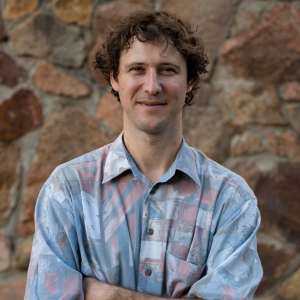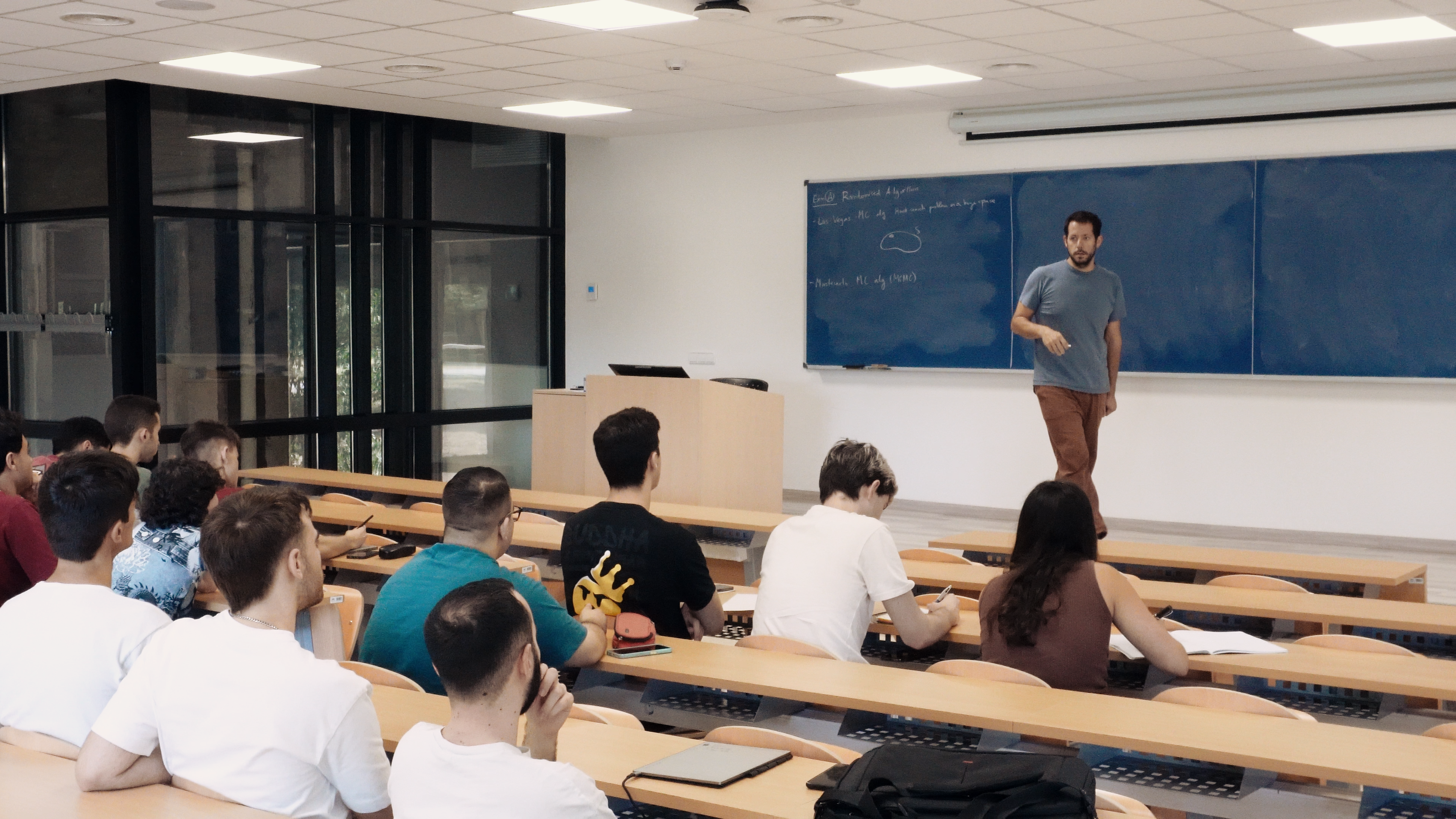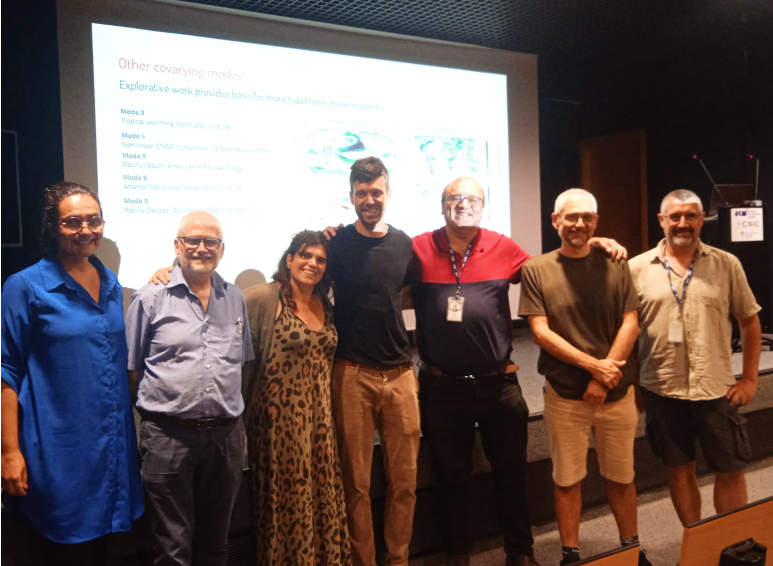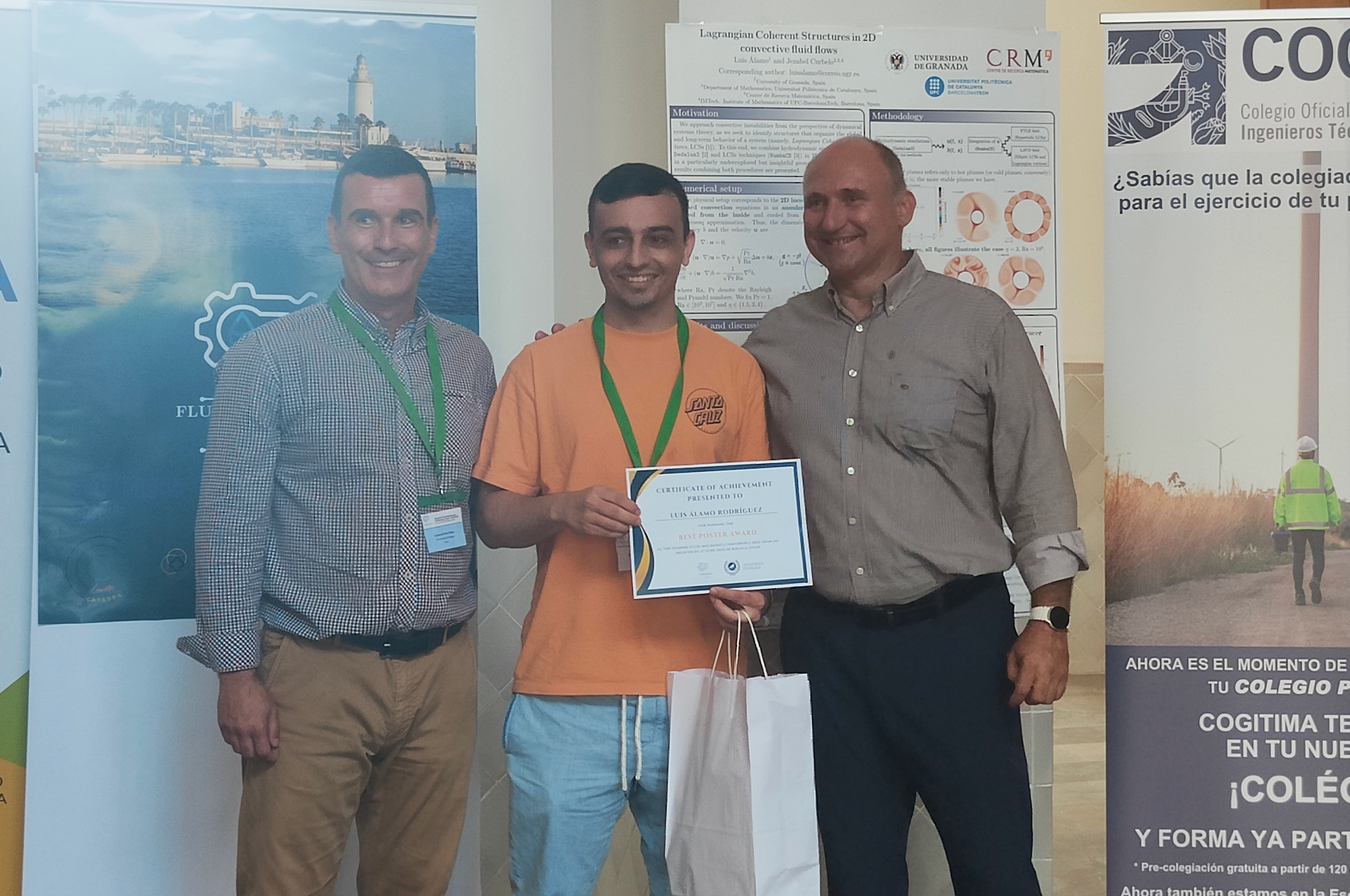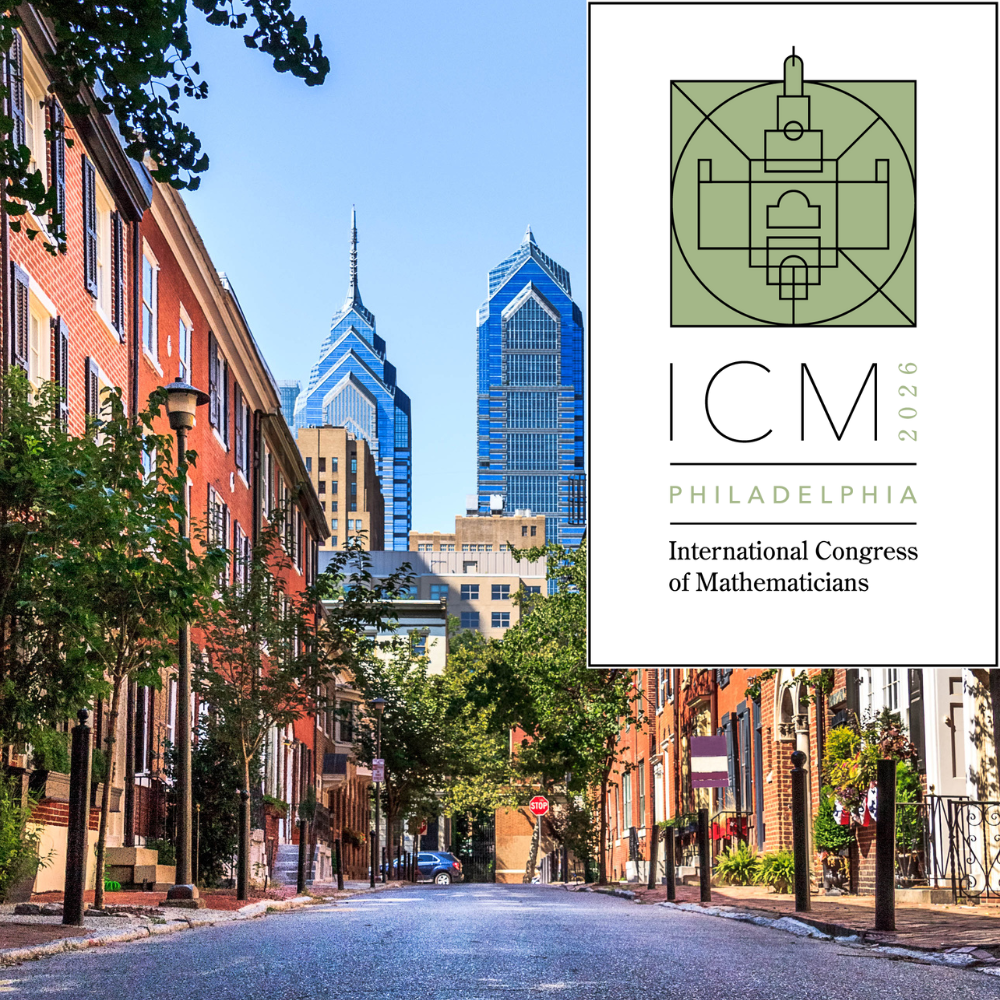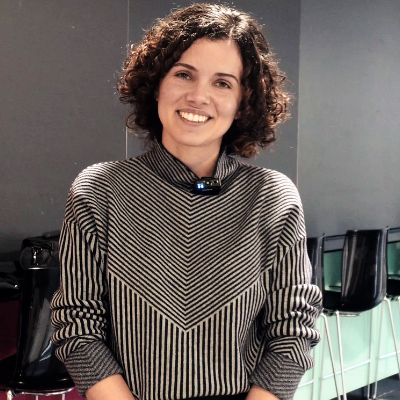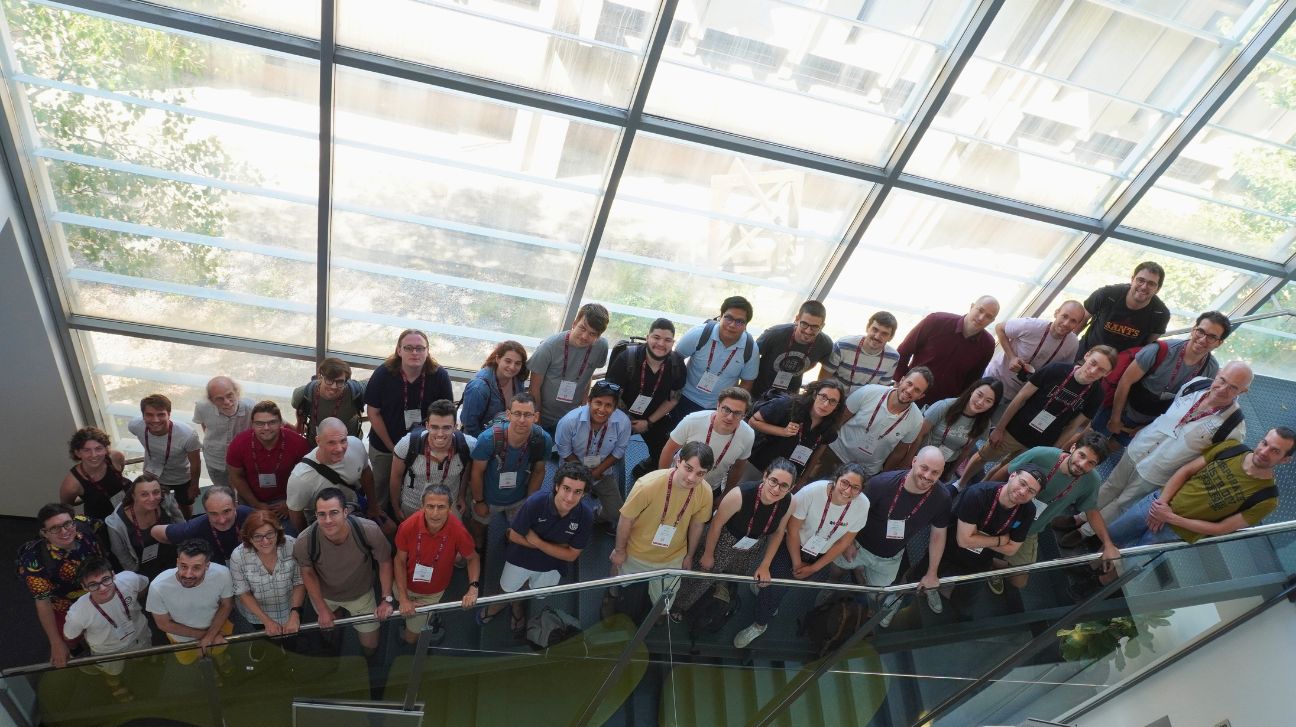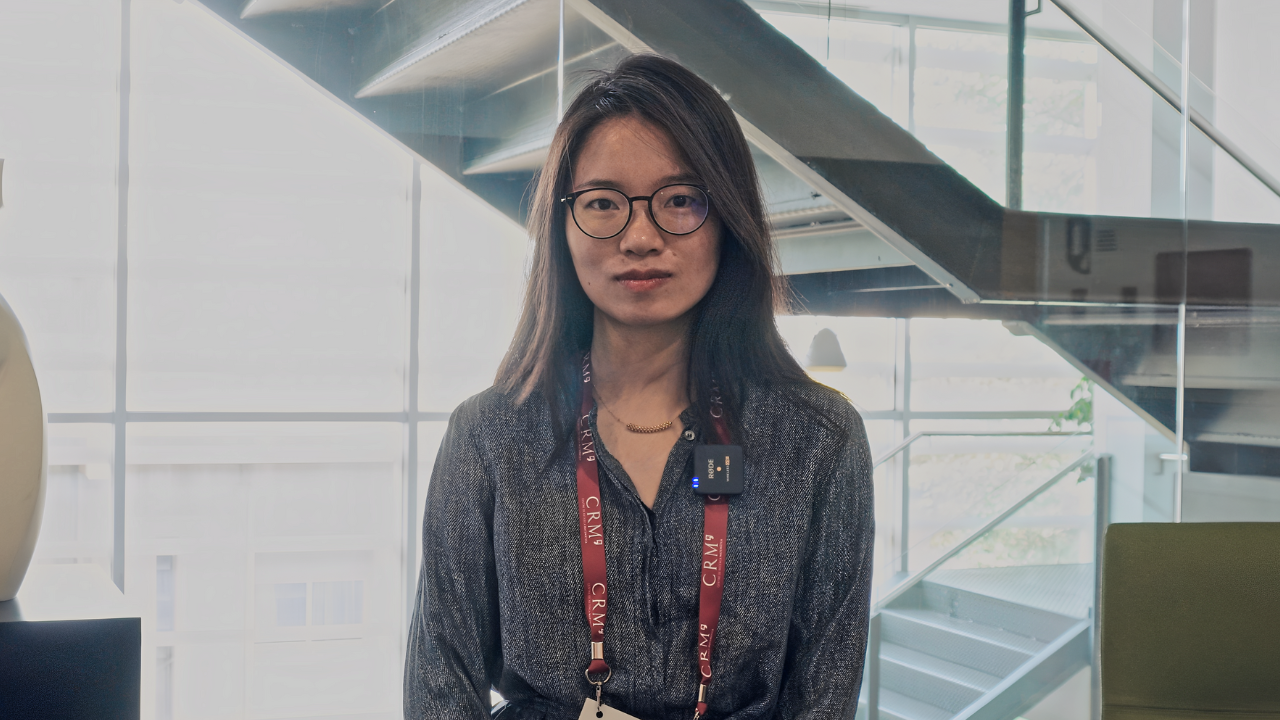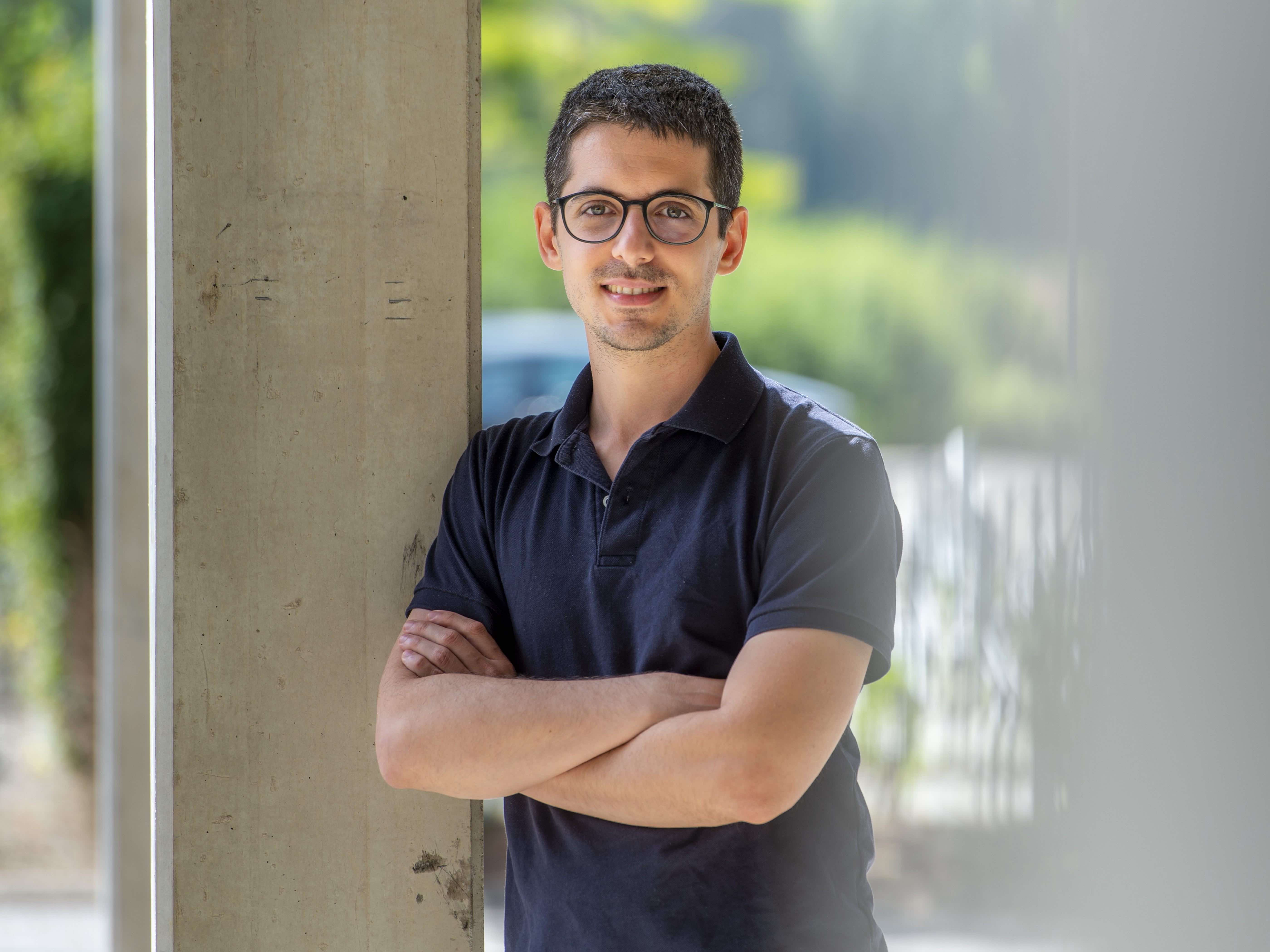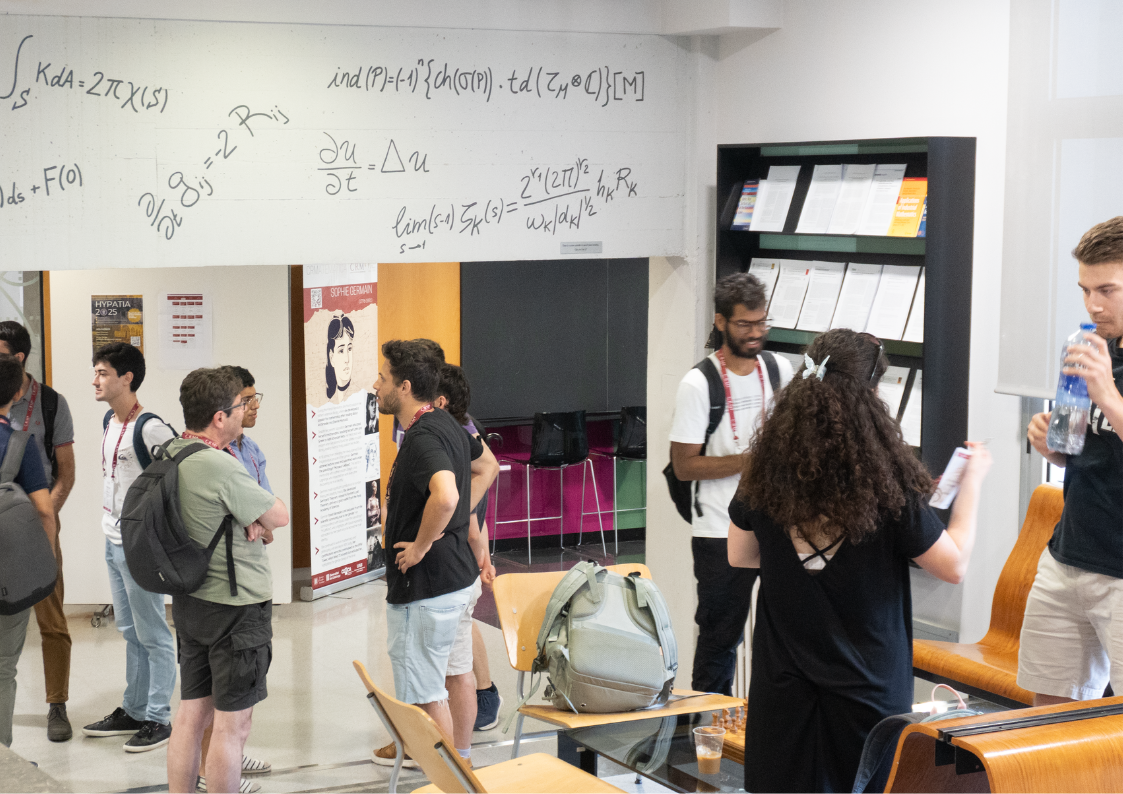
• The study reveals that decision-making and movement happen simultaneously, constantly adjusting to new sensory information rather than following a sequential process.
• Both humans and rats adjust their movements in real-time, demonstrating the brain’s flexibility in integrating past and present sensory input.
• These findings could improve adaptive AI algorithms and contribute to therapies for motor disorders by enhancing our understanding of movement and decision-making dynamics.
Imagine you’re at the grocery store, reaching for an apple. In that split second, you’re not just moving—you’re deciding. But what happens if new information arrives mid-reach? Do you commit to the motion you’ve started, or does your brain adjust on the fly?
A new study published in Nature Communications by researchers Manuel Molano-Mazón, Alexandre Garcia-Duran, Alexandre Hyafil, Jordi Pastor-Ciurana, Lluís Hernández-Navarro, Lejla Bektic, Debora Lombardo, and Jaime de la Rocha, explores this very question. The authors, affiliated with the Centre de Recerca Matemàtica (CRM), IDIBAPS, and the Universitat Politècnica de Catalunya (UPC), found that decision-making and movement don’t operate in separate steps. Instead, they unfold together, constantly adjusting in response to new sensory information.
For decades, scientists believed the brain followed a two-step process: first, deciding what to do, then figuring out how to do it. This study challenges that assumption. By observing humans and rats, the researchers discovered that decision-making and movement evolve in parallel, seamlessly integrating past expectations with real-time updates. “The brain is often treated as a machine that processes information sequentially: first, it decides, then it acts. But the reality is more complex. These processes are in constant communication and can modify each other in real-time,” explains Alexandre Garcia-Duran, a PhD student at CRM and one of the study’s authors.
In the experiment, human and animal participants had to choose between two options based on auditory cues. Sometimes, the environment confirmed their expectations; other times, it threw them a curveball. Initially, both rats and humans moved based on prior assumptions, predicting the likely outcome before fully processing the sensory evidence. But when the actual sound contradicted their expectation, they adapted—sometimes even reversing course mid-motion in what scientists call a change of mind.
For example, rats would begin moving toward a specific port, expecting the louder sound to come from that direction. Yet within just 100 milliseconds, if the evidence pointed elsewhere, they would either slow down, speed up or abruptly switch direction. Remarkably, human participants showed the same qualitative behaviour when performing a similar task on a touchscreen.
Humans, like rats, balance prior expectations with real-time sensory input. Their accuracy improved as sound cues became clearer, even when reacting in as little as 50 milliseconds. When expectation and evidence aligned, movements were faster; when they clashed, movements slowed down. In about 7% of trials, participants changed their decision mid-movement—most often when prior assumptions were strongly contradicted by new information.
“A change of mind occurs when two sources of information contradict each other. Your expectations tell you one thing, but new evidence tells you another. If the new signal is strong enough and the cost of adapting is low, you switch,” says Garcia-Duran. He adds that it’s not just about how much information the brain receives but also the effort required to change course: “If you’re about to complete a movement and a contradictory signal arrives, you might just finish what you started instead of correcting mid-action.”
The Brain’s Parallel Processing Power
To understand this dynamic interplay between movement and decision-making, researchers built a computational model. Unlike traditional models that only predict final choices, this one captures how decisions evolve in real-time and shape movement.

The model accumulates sensory evidence through a drift-diffusion process, integrating prior expectations and real-time stimuli to determine movement direction. An urgency signal triggers an initial movement, which can later be updated based on further sensory input, either accelerating or reversing the trajectory if the new evidence contradicts prior assumptions. To estimate model parameters, a neural network is trained on 10 million simulations, approximating choice, reaction time, and movement adjustments for likelihood-based inference.
“ Richard Feynman once said: ‘What I cannot create, I do not understand.’ That’s essentially what we do with models—break down the fundamental mechanisms that drive behaviour,” Garcia-Duran explains. The model outlines two pivotal stages: an initial read-out, where movement is triggered by prior expectations and minimal sensory input, and a second read-out, where fresh sensory data fine-tunes the action. If the new evidence sharply contradicts the initial decision, the brain can even reverse the movement mid-action—an adaptive skill essential for survival in unpredictable environments.
To test the model’s accuracy, the team trained artificial neural networks on millions of simulated decisions, predicting choices, reaction times, and movement speeds. The results aligned closely with real-world behaviour: movements were faster when expectations matched sensory input and slower when they conflicted. This supports the idea that our actions aren’t pre-programmed sequences, but dynamic processes shaped by an ongoing accumulation of evidence.
However, Garcia-Duran emphasises that no model is perfect: “Models are never an exact replica of reality. Human behaviour is incredibly stochastic—there are so many overlapping processes that some level of variability is inevitable. The challenge is to isolate the fundamental mechanisms while keeping the model simple enough to be useful.”
Understanding how the brain continuously refines movement has implications far beyond the lab. These insights could improve robotic motion algorithms, making artificial intelligence more adaptive in real-world environments. They could also inform therapies for motor disorders like Parkinson’s disease, where both movement control and decision-making are impaired.
“The most immediate potential application is in clinical research. If we understand how this process should work under normal conditions, we can compare it with patients who have neurological disorders and identify what’s malfunctioning,” Garcia-Duran points out.
Looking ahead, the researchers want to explore whether the brain continuously integrates new information or does so in discrete steps. “One big question is whether we are constantly processing new evidence or updating in discrete bursts. What’s more efficient; absorbing all incoming information at all times or selectively updating when necessary? That’s something we still don’t know,” Garcia-Duran says.
So, the next time you hesitate mid-action or suddenly change course, don’t mistake it for indecision. It’s just your brain doing what it does best; keeping you on the right path, even when the world throws you new information at the last second.
Article reference:
Molano-Mazón, M., Garcia-Duran, A., Pastor-Ciurana, J. et al. Rapid, systematic updating of movement by accumulated decision evidence. Nat Commun 15, 10583 (2024). https://doi.org/10.1038/s41467-024-53586-7
|
|
CRM CommPau Varela
|
The CRM hosts a new edition of the Barcelona Introduction to Mathematical Research summer school
From June 30 to July 25, 2025, the CRM is organising a new edition of the Barcelona Introduction to Mathematical Research (BIMR), a summer school hosted at the Universitat Autònoma de Barcelona. The programme brings together 30 undergraduate...
Niclas Rieger defends his PhD thesis on data-driven climate analysis and marine pollution
Niclas Rieger defended his PhD thesis at the Institut de Ciències del Mar, culminating a research journey focused on extracting insights from both massive climate datasets and scarce environmental observations. Developed within the European CAFE...
A Day of Higher Structures in Symplectic and Poisson Geometry, with Summer Tapas at UPC Barcelona
The event "A Summer Tapas Invitation to Higher Structures in Symplectic and Poisson Geometry I", held on July 7, 2025, at EPSEB–UPC, featured talks by Alejandro Cabrera, Chenchang Zhu, Miquel Cueca, and Mario Garcia-Fernandez, offering a rich and informal exploration...
Luís Álamo, premi al millor pòster a la SFMC 2025 per un treball dirigit per Jezabel Curbelo
Luís Álamo, estudiant del màster FISYMAT de la Universitat de Granada, ha guanyat el premi al millor pòster a la conferència 3rd Spanish Fluid Mechanics Conference (SFMC25) amb un treball sobre estructures coherents Lagrangianes, basat en el seu...
Three CRM Researchers Invited to Speak at the 2026 International Congress of Mathematicians
From left to right: Xavier Cabré, Joaquim Ortega (photo by Xènia Fuentes, UB), and Xavier Tolsa. Three researchers affiliated with the Centre de Recerca Matemàtica (CRM), Xavier Cabré, Joaquim Ortega-Cerdà and Xavier Tolsa, have been invited to...
Gissell Estrada, beca Leonardo 2025 per explorar la migració col·lectiva amb matemàtiques i robots
L’investigadora Gissell Estrada Rodríguez, professora a la UPC i adscrita al CRM, ha rebut una Beca Leonardo 2025 per desenvolupar un projecte que combina matemàtiques i robòtica per estudiar la migració col·lectiva en sistemes vius i artificials....
JISD 2025 – Where Dynamical Systems Meet PDEs
JISD 2025, held at the Centre de Recerca Matemàtica (CRM) from June 30 to July 4, 2025, featured four advanced minicourses delivered by Dmitry Dolgopyat (on averaging and Fermi acceleration in dynamical systems), Serena Dipierro (on the theory of nonlocal minimal...
ICMNS 2025: Ten Years of Mathematical Neuroscience, Celebrated in Barcelona
The 10th edition of the International Conference on Mathematical Neuroscience (ICMNS 2025) gathered more than 150 researchers from over 25 countries at the PRBB in Barcelona. Organised by the CRM and UPC, with the support of UPF, the event...
Hong Wang: On Solving Kakeya and Rethinking Restriction
At the Modern Trends in Fourier Analysis conference held at the Centre de Recerca Matemàtica, mathematician Hong Wang (NYU Courant) presented a new approach to the Stein restriction conjecture, connecting it with geometric incidence problems...
A Journey through Harmonic Analysis and PDEs – CRM Summer School Chronicle
From June 25 to 27, 2025, the Summer School on Harmonic Analysis and PDEs brought together researchers and students for three days of advanced courses and discussion. With lectures by Taoufik Hmidi, Daniel Faraco, and Joan Verdera, the program covered topics like...
Guillem Blanco rep el Premi José Luis Rubio de Francia 2024
Guillem Blanco, professor de la UPC i investigador adscrit al CRM, ha estat guardonat amb el Premi José Luis Rubio de Francia 2024 per les seves contribucions a la teoria de les singularitats i els D-mòduls. El jurat ha destacat, entre altres...
Hypatia 2025 Brings Together Young Researchers in Mathematics
The fourth edition of the Hypatia Graduate Summer School took place from 16 to 19 June 2025 in Barcelona. Addressed to PhD students, the school combined two advanced courses in number theory with a public colloquium, a film screening, and...

